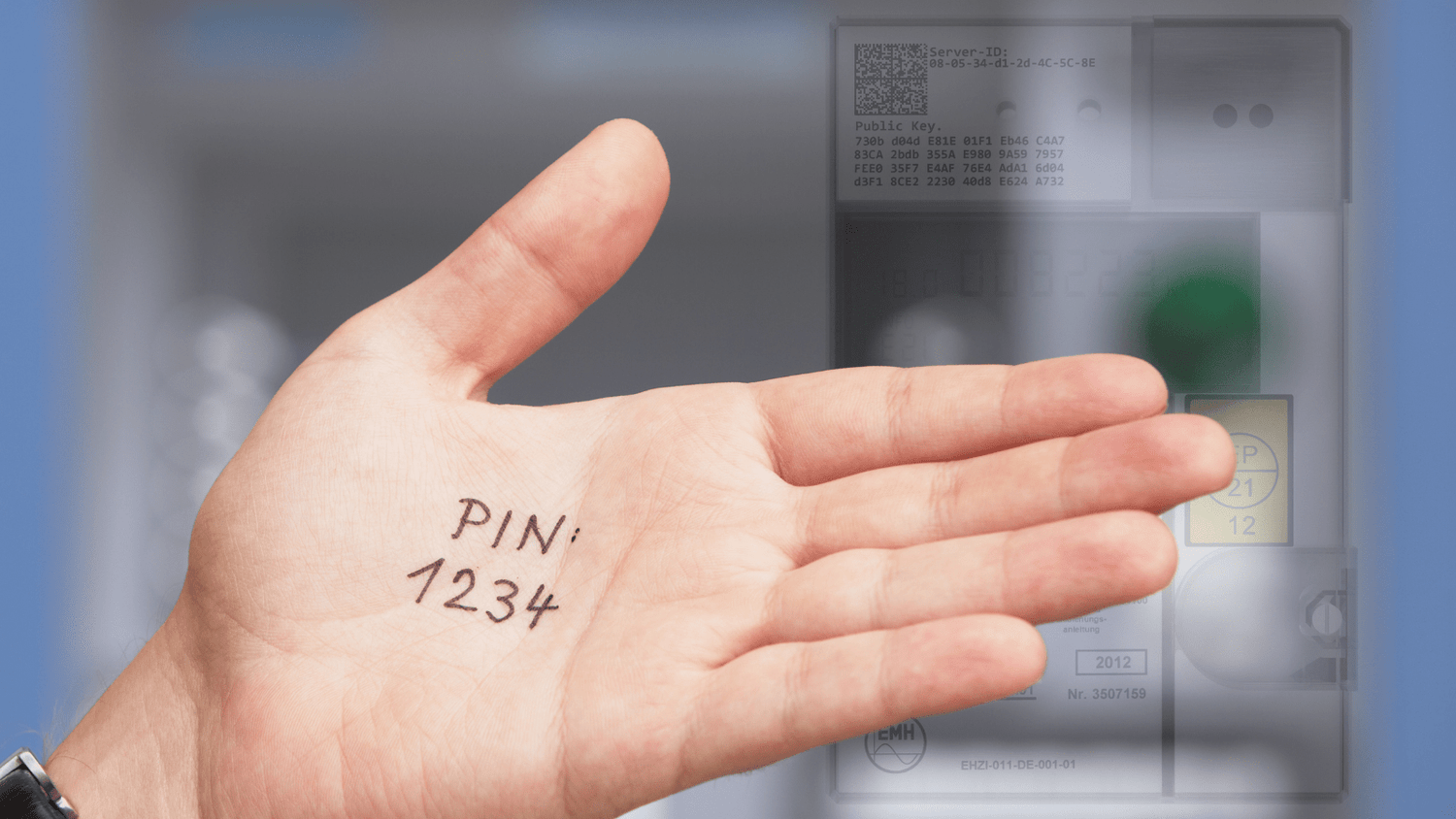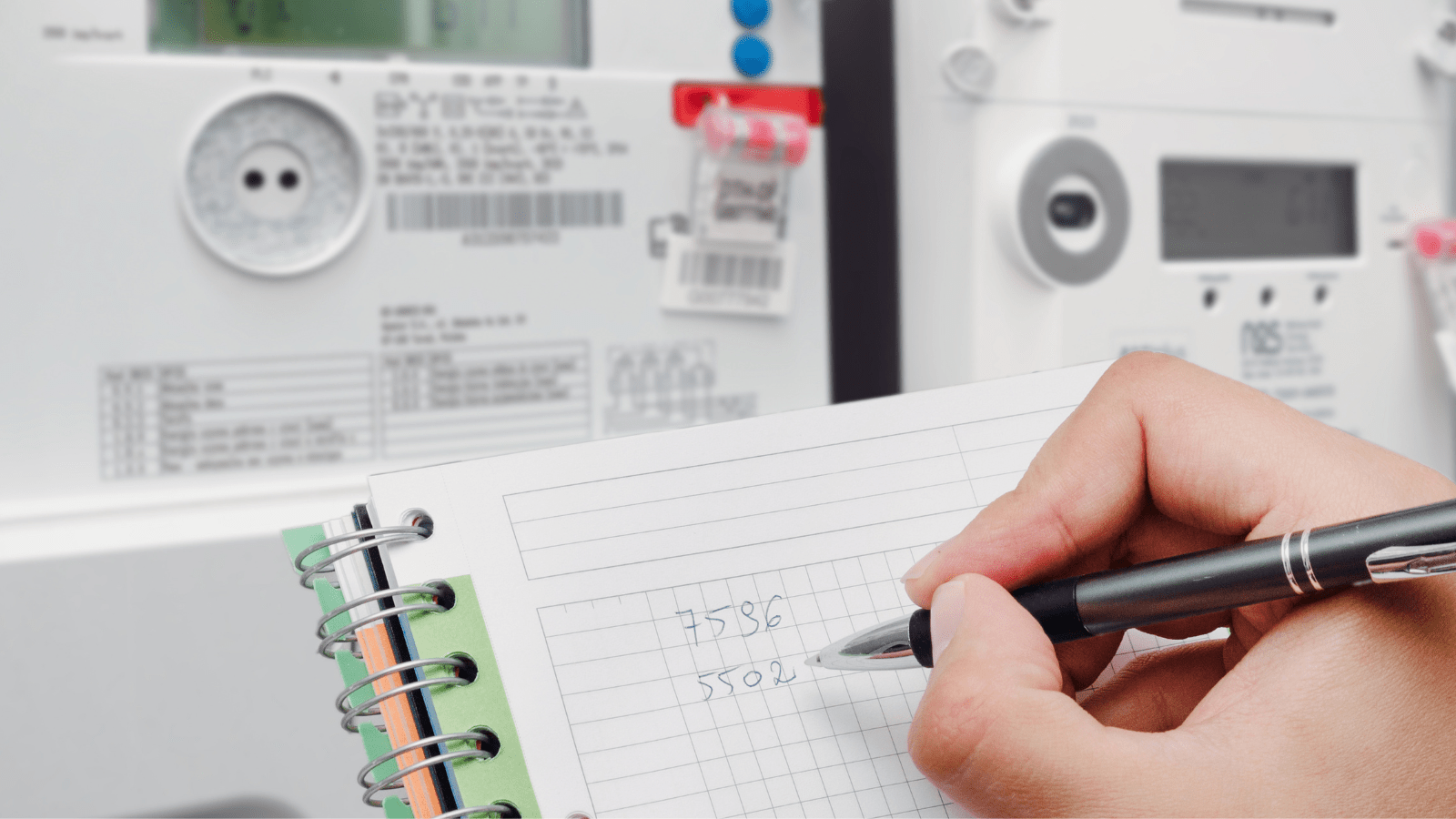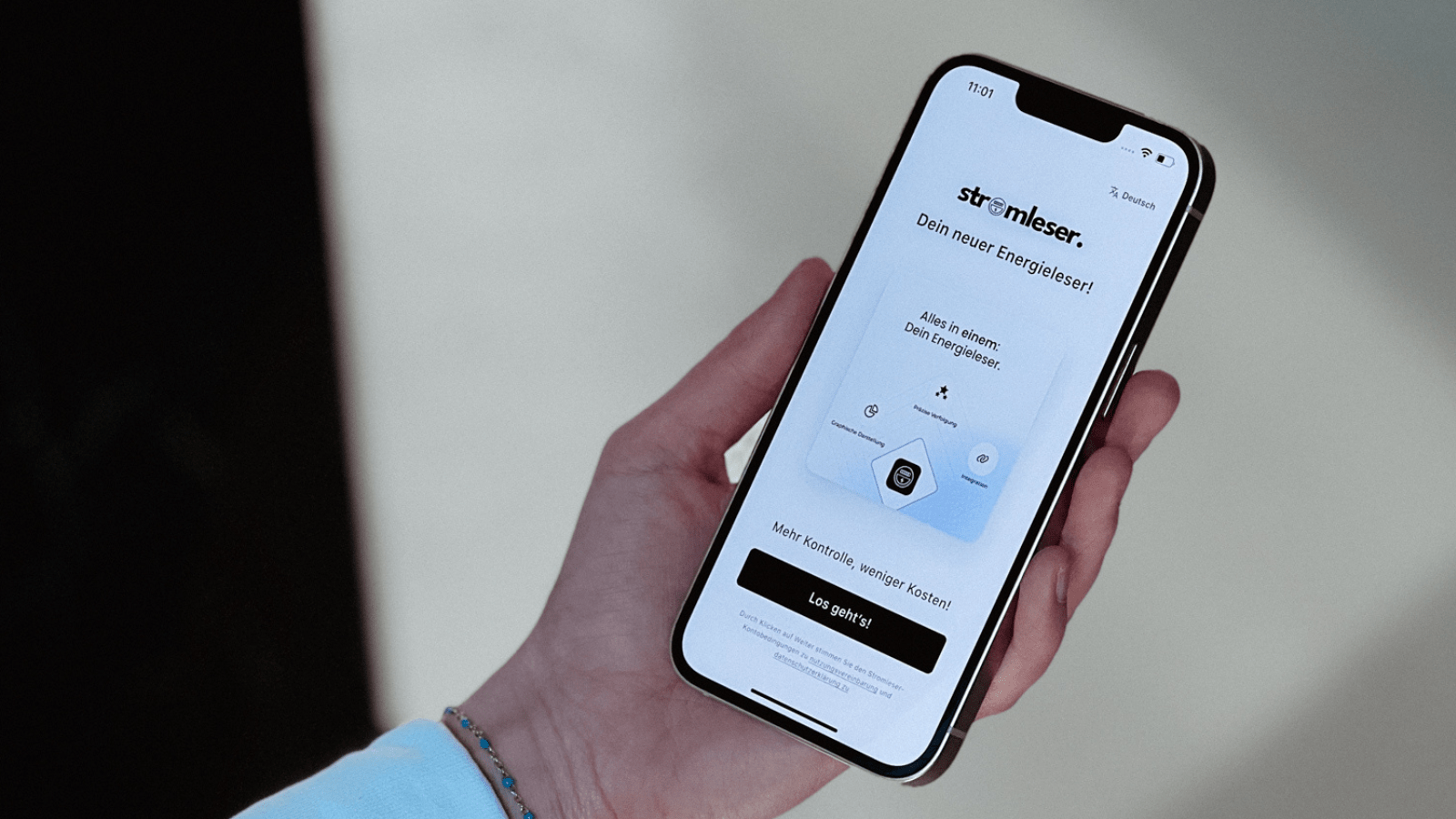Modern metering devices (digital meters) and intelligent metering systems (smart meters) are increasingly finding their way into German households. They offer detailed consumption recording, enable remote reading, and open up new opportunities for energy-conscious behavior. However, many of these functions are protected by a PIN for data protection and security reasons.
In this blog post, you'll learn when entering a PIN is required, how to obtain it, which data is available without a PIN, and whether you need a PIN to use the electricity reader. We'll also discuss the differences in installation, the role of the primary meter operator, and everyday use.
Digital electricity meters and modern measuring devices – why a PIN is important
Modern metering devices – also called digital electricity meters – are electronic devices for measuring electricity consumption and, if applicable, the amount fed into the grid (e.g., from photovoltaic systems). Unlike mechanical Ferraris meters, they have a display and a digital data interface (e.g., D0 port). Intelligent metering systems combine a digital meter with a communication unit (smart meter gateway) for remote reading.
Protecting these devices with a PIN is necessary for a good reason: It prevents unauthorized access to sensitive consumption data, technical configurations, and calibration-relevant test values.

When do you need a PIN – and what can you see with it?
The PIN is the key to advanced features of your digital electricity meter or smart metering system. While the meter displays basic values such as the current meter reading or simple instantaneous power without a PIN, you need it to access:
-
Historical consumption data and long-term load profiles
-
Real-time power values such as active power, current, voltage, frequency
-
Tariff information for day/night electricity or dynamic tariffs
-
Feed-in data , e.g., for PV systems or balcony power plants
-
Technical settings : language, display format, lighting
-
Communication parameters such as readout interval or protocol
-
Test values for calibration
-
Installation information , e.g. power line or current transformer
PIN access is particularly relevant if you want to optimize your own consumption, participate in variable electricity tariffs, or intelligently control your smart home.
What data does the meter provide without a PIN?
Even without entering a PIN, the meter offers a lot of helpful information:
-
Current meter reading (total consumption in kWh) ( step-by-step instructions )
-
Consumption history of the last few days
-
Partial instantaneous values of the power consumed
-
Display unit (e.g. kWh, kW)
This information is often sufficient to get an overview of your own energy consumption and compare it with similar households.
Installation and execution: Who assigns the PIN?
The installation of modern metering devices is carried out by the primary metering point operator – usually on behalf of the network operator. The PIN is assigned individually for each device.
The meter itself is usually located in the meter cabinet, often in combination with a 32A CEE socket or other documentation for the electrical installation. Be sure to note the exact model name, serial number, and unit (e.g., kWh).
How to get your PIN from the meter operator
If you do not have the PIN or have lost it, you can request it from the responsible meter operator:
Step-by-step instructions:
-
Note the meter number and device data
-
Go to your operator's website (often found on your electricity bill)
-
Fill out the online form or call the hotline
-
Prepare proof of your eligibility (e.g. last bill, rental agreement)
-
PIN will be sent by post (for security reasons)
Some providers also require a photo of the meter display or the meter cabinet side.
How to enter the PIN on the device
Entering the PIN on the device varies slightly depending on the manufacturer, but essentially works like this:


Using the electricity reader: Do you need a PIN?
No PIN is required for basic use of the stromleser . The stromleser devices access the meter via the optical D0 interface. No PIN is required to read basic data, such as the current meter reading. The stromleser reads data exclusively via publicly accessible interfaces, without accessing protected areas.
However, if you want to use advanced features—such as displaying current power, detailed consumption histories, switching tariffs, or smart home integration—you may need to enter a PIN. This applies, for example, to:
-
Long-term analyses in the app
-
Active tracking of day/night tariffs
-
Comparisons of operating values for energy-intensive devices
-
Smart home rules based on real-time values
Whether and which data is available without a PIN depends on the respective meter model, the technical design and the settings of the responsible metering point operator.

Smart meters in practice: From principle to application
Smart meters, also known as intelligent measurement systems, are based on the principle of precise and automated recording of energy flows. This principle originally originated in industry, where machinery, plants, or production lines must be efficiently monitored and controlled. This technology has now also found its way into the private sector – where it is becoming the key to sustainable energy use.
The main function of these meters is to measure electricity consumption – not only in absolute terms, but also over time, during peak loads, or during consumption profiles. The integrated communication unit allows remote reading at any time – without the need for a technician on-site.
Especially in combination with solar power, heat pumps, battery storage or dynamic electricity tariffs, intelligent metering systems provide crucial data to reduce energy costs and automate processes.
Everything at a glance: Technical information on the side of the device
If you're looking for technical specifications for your digital meter, it's worth taking a look at the device's side panel. There you'll usually find information about:
-
Model and manufacturer
-
Serial number
-
Unit of measurement (e.g. kWh, kW)
-
Year of manufacture and version
-
Interfaces (e.g. D0, LMN or HAN)
-
Communication module (for intelligent metering systems)
You often need this information if you want to request a PIN from the network operator or primary metering point operator or if you want to clarify technical questions.
Conclusion: PIN opens the door to more transparency and control
Digital electricity meters and smart meters are far more than digital versions of analog devices. They form the interface between consumption, the grid, and digitalization. Thanks to PINs, app integration, and real-time analysis, smart metering systems are becoming an integral part of modern energy concepts – in private homes as well as in multi-family homes and commercial properties.

FAQ about PIN for digital electricity meters
What to do if you forget your PIN?
→ You can request a new one free of charge from the responsible meter operator.
Will my old PIN still be valid after a meter change?
→ No, you will also receive a new PIN when you get a new meter.
Can I see my total electricity consumption without a PIN?
→ You can see the current meter reading and simple consumption values – for more in-depth analyses you need a PIN.
Where can I find technical information about the measuring device?
→ On the side of the device, in the meter cabinet, in the manual or on the manufacturer's website.





Leave a comment
This site is protected by hCaptcha and the hCaptcha Privacy Policy and Terms of Service apply.